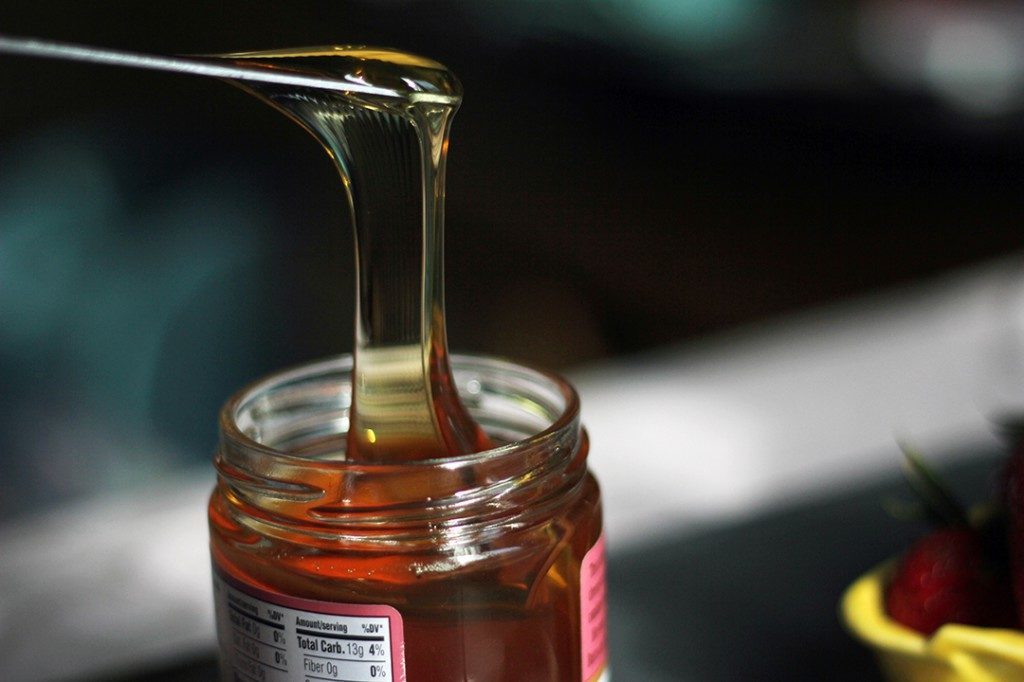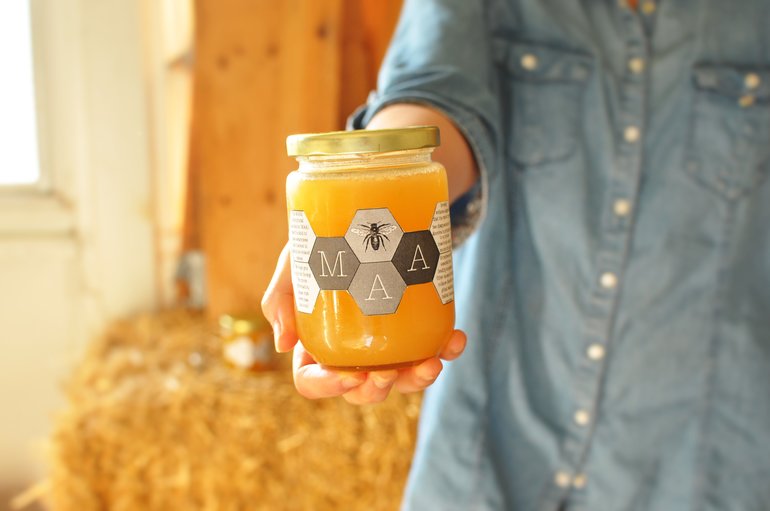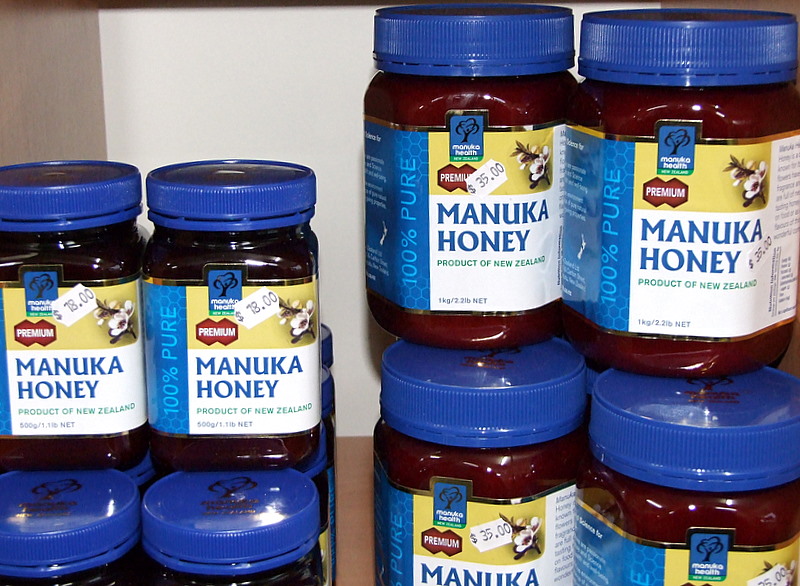These days, honey is being used much more regularly as a sugar substitute. It’s a great topping for your morning bowl of oatmeal, it can be used to sweeten a cup of coffee, and is even used by some as an acne treatment. Although the health benefits for honey are great for your body, it’s important to know the difference between the main types on offer to you and which ones you should actually be spending your money on.
Regular honey

Photo by Stephanie Lee
This is also sometimes referred to as ‘table’ honey and is most commonly used because it’s the cheapest option out there. You might think this is a super healthy alternative to sugar, but the truth of the matter is that they’re pretty much the same. Since regular honey is heavily processed and heated to high temperatures, it loses most of its health benefits and you’re left with just the high sugar content. Nevertheless, it’s a tasty addition to everything from your morning toast to baked goods.
Raw honey

Photo by Nadia Alayoubi
Obviously a little more on the pricey side, you can only be sure that it’s authentic if it actually says so on the label. This type of honey is usually organic or locally sourced, automatically making it a safer bet. While it can be sourced from any plant, it hasn’t been heated to high temperatures or manufactured before appearing in your grocery stores. Most of the healthy compounds and antioxidants remain intact, meaning it can actually be used to help clear that sore throat of yours or boost your immune system.
Manuka honey

Photo Courtesy of Keith Davenport on Flickr
To be honest, I had truly never heard of Manuka honey until Kourtney Kardashian became their ambassador and started promoting its benefits. Derived from the Manuka bush in New Zealand, Manuka honey is becoming increasingly popular because of the fact that you know exactly what you’re consuming. Aside from that, the list of medicinal uses for Manuka honey is huge. It has high antibacterial and antioxidant properties making it an ideal natural medicine for both internal and external illnesses. However, with a ton of different brands and prices rising up to almost $30 for one jar, it’s up to you to decide whether or not it’s is a worthwhile purchase for you.


